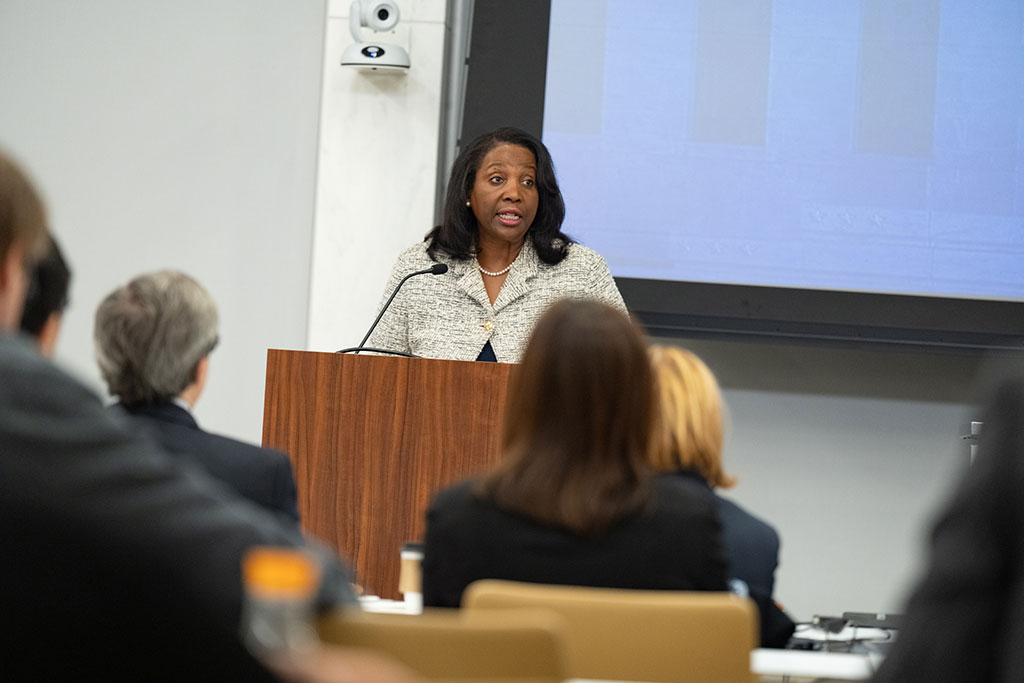FACTBOX-Trump's moves to dismantle the US wind and solar energy industries

By Nichola Groom
Aug 26 (Reuters) - U.S. President Donald Trump has used his second term in the White House to stymie development of wind and solar energy facilities that were a cornerstone of former President Joe Biden's climate and energy agendas.
Here is a timeline of actions his administration has taken to unravel federal support for clean energy projects:
January 20
On his first day in office, Trump paused new leasing and permitting of wind energy projects on federal lands and waters pending a federal review. This marked a major shift in U.S. energy policy, which under Biden had been focused on decarbonizing the U.S. electricity grid by 2035.
April 17
The Trump administration ordered construction to stop on Equinor's offshore wind project off the coast of New York, saying it had been approved without a thorough environmental analysis. A month later, Interior Secretary Doug Burgum allowed work to resume, in an apparent compromise with the state that would see cancelled plans for the Constitution natural gas pipeline from Pennsylvania to New York revived.
May 14
The Interior Department said it would take steps to rescind a Biden-era rule that had lowered fees for solar and wind projects on federal lands, increasing costs for developers.
July 4
Trump signed into law the One Big Beautiful Bill Act, a massive tax and spending package that ended subsidies for wind and solar energy projects years earlier than planned. Project developers, manufacturers and analysts predicted the legislation would slash installations of renewable energy over the next decade, kill investment and jobs in the clean energy manufacturing sector supporting them, and worsen a looming U.S. power supply crunch.
July 17
The Interior Department announced new layers of review for solar and wind projects on federal lands, requiring sign-off from top officials.
August 6
The Interior Department said it was canceling the Biden administration's approval of the 1,000-megawatt Lava Ridge wind project in Idaho, citing legal deficiencies and community opposition.
August 7
The U.S. Environmental Protection Agency said it would end a $7 billion grant program that sought to expand solar energy to low-income communities. EPA Administrator Lee Zeldin said that since passage of the One Big Beautiful Bill Act (OBBBA), his agency no longer had the authority to administer the program.
August 15
The Treasury Department unveiled rules that make it harder for wind and solar projects to claim the tax credits that are being phased out under the OBBBA. The changes are in response to an executive order Trump issued in July directing the agency to restrict tax credit eligibility.
August 18
Agriculture Secretary Brooke Rollins said her agency would no longer support wind and solar projects on productive farmland. A day later, the U.S. Department of Agriculture said it would heighten scrutiny of some solar and wind projects but stopped short of ending all agency support for clean energy projects on U.S. farms.
August 21
The Commerce Department launched an investigation into imported wind turbine components, citing national security risks. About two-thirds of the value of a typical U.S. wind turbine is imported, according to energy research firm Wood Mackenzie.
August 22
The U.S. Bureau of Ocean Energy Management ordered Danish company Orsted to stop work on a wind farm off the coast of Rhode Island that is 80% built. BOEM cited unspecified national security concerns.
August 25
The administration said it will move in the coming weeks to revoke approvals for US Wind's offshore wind project off the Maryland coast. The statement was made in a legal filing by the U.S. Department of Justice in a lawsuit challenging the government's permitting of the planned facility.





